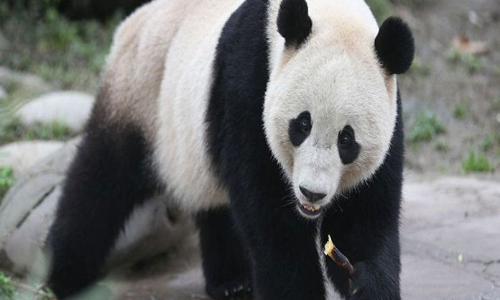Ancient pandas were not picky eaters

They are cute, cuddly and are restricted to certain mountain ranges in southwestern China, eating bamboo alone The giant panda of today has evolved to have distinctive teeth, skull and muscle characteristics, along with a special pseudothumb to support their tough and fibrous bamboo diet However, according to new evidence reported Thursday in Current Biology, extinct and ancient panda species m
They are cute, cuddly and are restricted to certain mountain ranges in southwestern China, eating bamboo alone. The giant panda of today has evolved to have distinctive teeth, skull and muscle characteristics, along with a special pseudo-thumb to support their tough and fibrous bamboo diet. However, according to new evidence reported Thursday in Current Biology, extinct and ancient panda species most likely had a more varied and complex diet.
Speaking about it, Fuwen Wei of Chinese Academy of Sciences said, “It has been widely accepted that giant pandas have exclusively fed on bamboo for the last two million years,” adding, “Our results showed the opposite." While it may be impossible to know exactly what extinct animals ate, researchers can get clues by analysing the composition of stable isotopes in animal teeth, hair, and bones, including fossilised remains.
In the new study, the researchers first analysed bone collagen of modern pandas (1970s-2000s) and other mammals from the same mountains. The data comparison showed that ancient and modern pandas are isotopically distinct from one another, suggesting differences in their dietary habits.
There was also more variation among ancient panda species, suggesting that the niche they occupied was about three times wider than that of modern pandas. Ancient pandas most likely had a varied diet, similar to that of other mammalian species that lived alongside them. They were, the researchers write, "probably not exclusive bamboo feeders."
According to the researchers, pandas' dietary habits have evolved in two phases. First, the pandas went from being meat eaters or omnivores to becoming dedicated plant eaters. Only later did they specialize on bamboo. The researchers would now like to figure out when exactly pandas shifted to the specialised diet and to find that out, they plan to collect and study more panda samples from different historical times over the last 5,000 years.



















